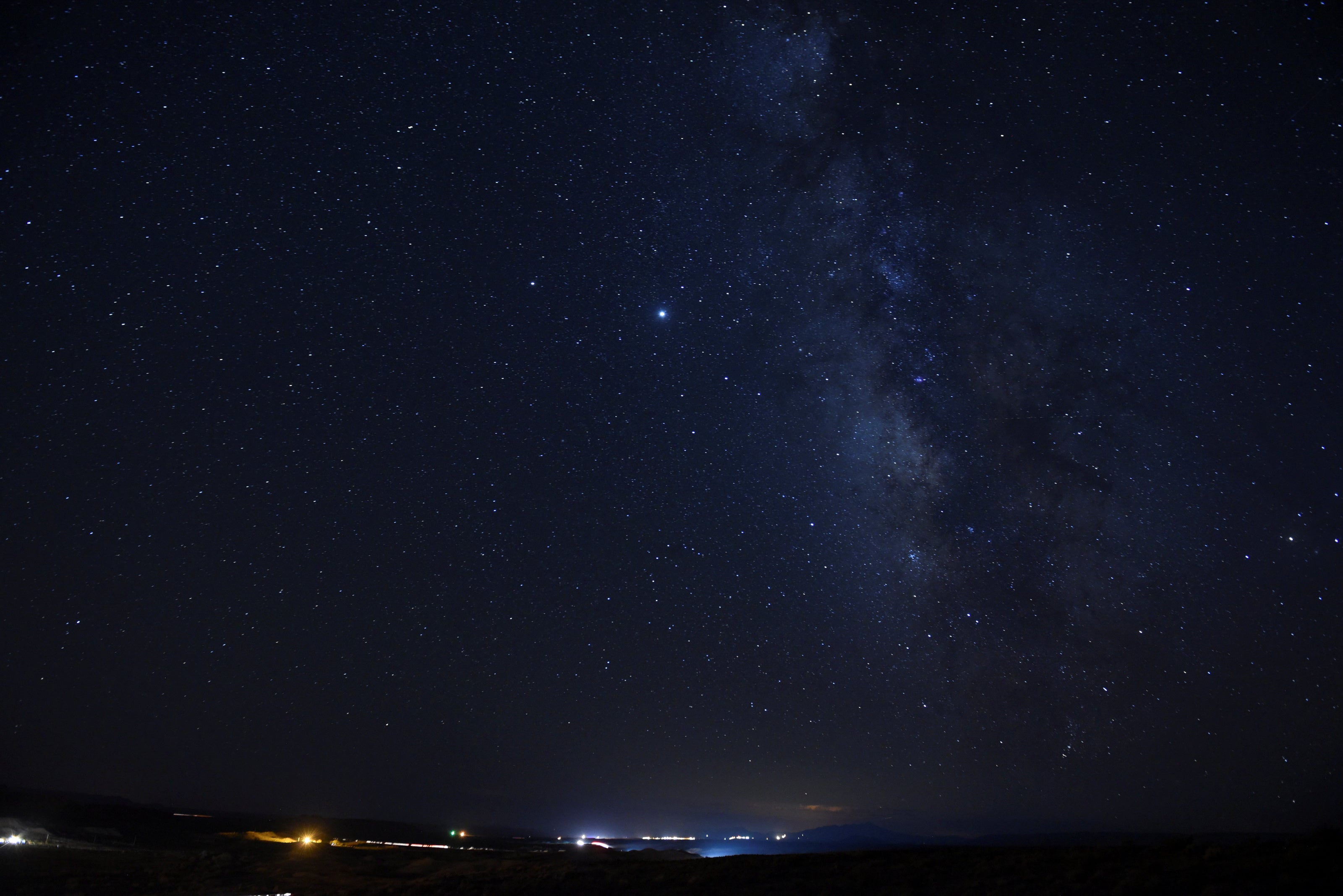First radio signal from an exoplanet could have been detected, scientists say

Your support helps us to tell the story
From reproductive rights to climate change to Big Tech, The Independent is on the ground when the story is developing. Whether it's investigating the financials of Elon Musk's pro-Trump PAC or producing our latest documentary, 'The A Word', which shines a light on the American women fighting for reproductive rights, we know how important it is to parse out the facts from the messaging.
At such a critical moment in US history, we need reporters on the ground. Your donation allows us to keep sending journalists to speak to both sides of the story.
The Independent is trusted by Americans across the entire political spectrum. And unlike many other quality news outlets, we choose not to lock Americans out of our reporting and analysis with paywalls. We believe quality journalism should be available to everyone, paid for by those who can afford it.
Your support makes all the difference.Scientists may have received the first radio signals from a planet outside of our solar system.
The breakthrough could allow for a major new way to examine and understand distant worlds, according to the astronomers who found it.
The signals are coming from the constellation Boötes, which can be seen in the northern sky.
But researchers suggest that more specifically the radio bursts are coming from an exoplanet, marking the first time we have ever collected a radio emission from another planet outside of our own neighbourhood.
"We present one of the first hints of detecting an exoplanet in the radio realm," said Jake D Turner, a postdoctoral researcher at Cornell who helped lead the study.
"The signal is from the Tau Boötes system, which contains a binary star and an exoplanet. We make the case for an emission by the planet itself. From the strength and polarization of the radio signal and the planet's magnetic field, it is compatible with theoretical predictions."
The findings are reported in the journal Astronomy & Astrophysics.
Further research must be done to confirm the source of the signals. But if it is the case then it will offer an entirely new way to understand worlds that are many light years away.
The researchers detected the bursts using a radio telescope in the Netherlands. They found signals coming from a star system that is a host to a kind of planet known as a hot Jupiter – large and gaseous like our neighbour, but much closer to its sun.
"If confirmed through follow-up observations," said Ray Jayawardhana, a professor at Cornell and a co-author on the new research, "this radio detection opens up a new window on exoplanets, giving us a novel way to examine alien worlds that are tens of light-years away."
If researchers are able to examine radio signals from distant planets, they could use them to understand their magnetic field. That in turn would help find out the properties of its interior and its atmosphere, as well as the interactions between stars and planets – all of which could be used to understand how habitable it might be.
The new research emerges from previous work the team did to examine our own Jupiter, and extrapolate to understand how it might look if viewed from up to 100 light-years away. That gave them the pattern that might show if a similar planet was found elsewhere – which they now believe to have done.
The signal is still weak and unconfirmed, however. Further examination using other radio telescopes should help give further details and finally say for sure whether it is really coming from another planet.

Join our commenting forum
Join thought-provoking conversations, follow other Independent readers and see their replies
Comments